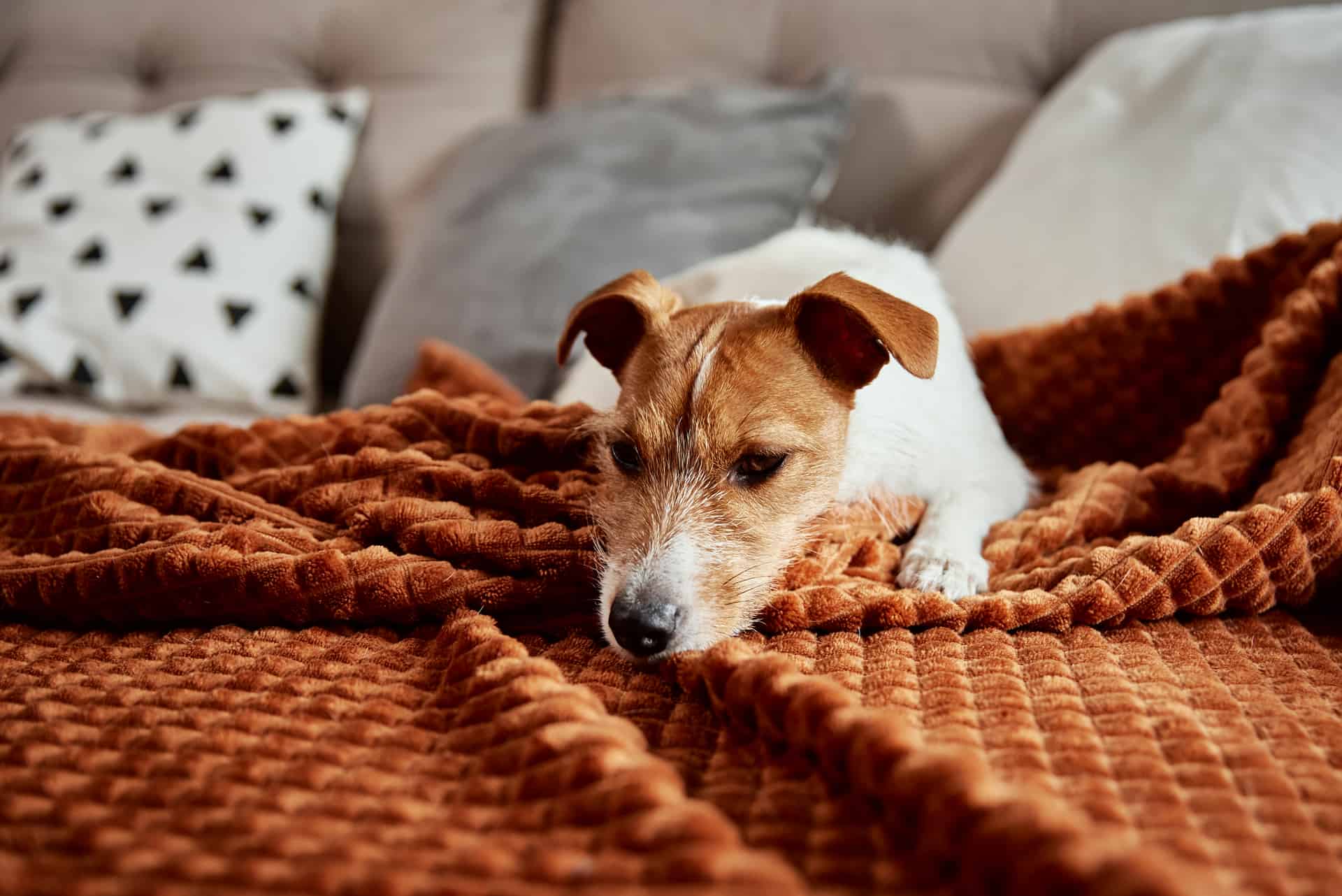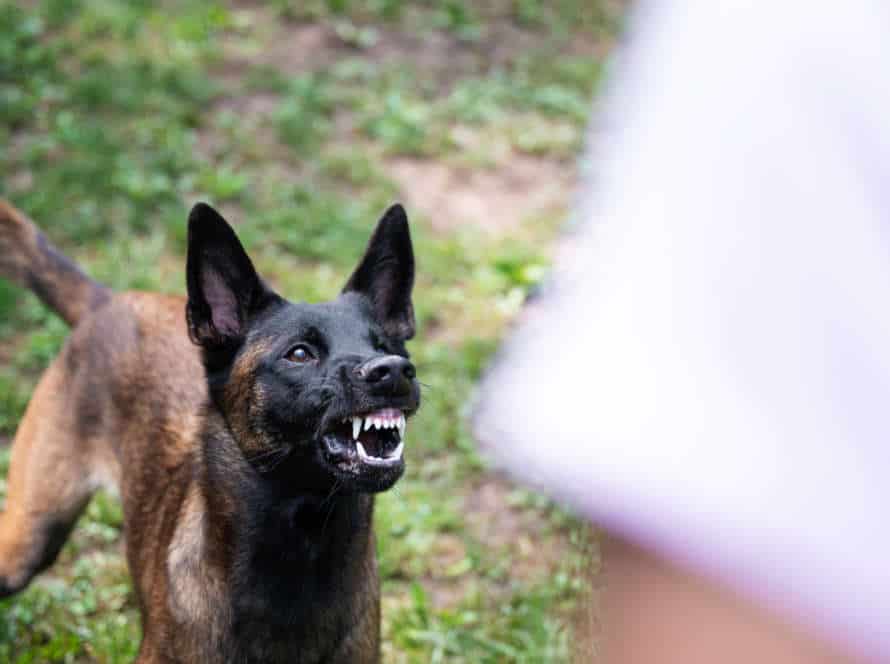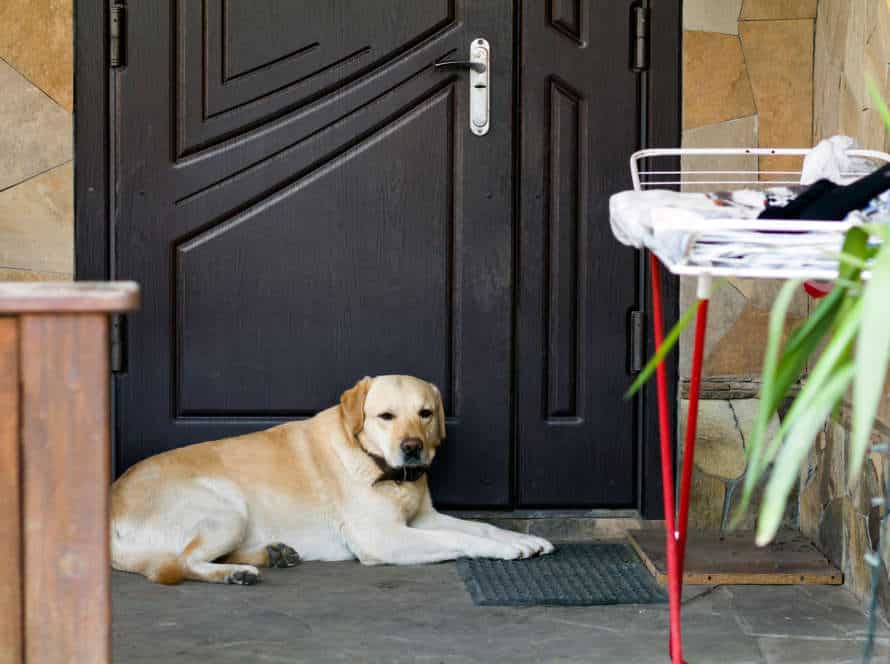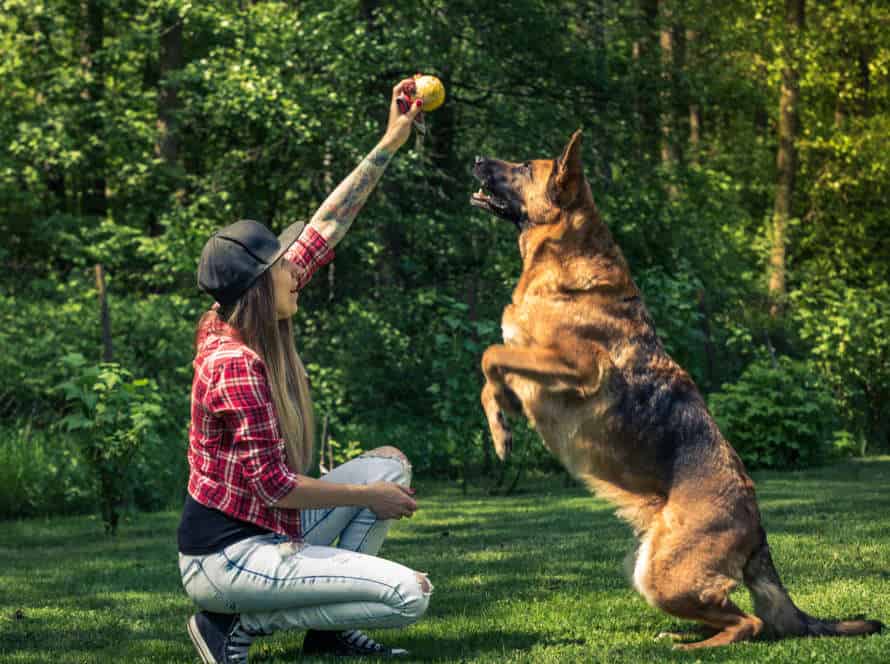How to Use Positive Reinforcement to Teach Furniture Boundaries
Positive reinforcement is essential for teaching furniture boundaries to pets. Here’s how to use it:
- Mark the off-limits furniture – Use masking tape to show the pet where they can’t go.
- Train the pet – Use a clicker and treats to encourage the pet to stay away from the furniture. Click the clicker and give a treat each time the pet follows your command.
- Be consistent – Everyone in the house must stick to the same training. No leniency!
- Avoid scolding or punishing – Don’t punish the pet for not following the training. Reward and praise good behavior instead.
These steps will help you train your pet to stay off furniture. Plus, it creates a positive and reinforcing environment.
Understanding Positive Reinforcement
Positive reinforcement is an awesome way to teach your pet furniture boundaries. It helps pets stay away from the furniture and is useful when the usual commands or punishments don’t work. So, how do you use positive reinforcement correctly? Here, we’ll look into the basics of Positive Reinforcement and how it can be used effectively for furniture training.
Definition and benefits of positive reinforcement
Positive reinforcement is a concept that rewards good behavior, increasing the chances of it being done again. It has many positive effects like motivation, better mood, and improved self-esteem.
For teaching furniture boundaries to pets, you can use positive reinforcement:
- Reward the desired behavior – treat, verbal praise or petting.
- Ignore the bad behavior, don’t punish.
- Be consistent in rewarding the good behavior so your pet can link it to positive outcomes.
- Use a clicker to mark the good behavior then reward your pet quickly.
Positive reinforcement isn’t just for pets – it can be used for influencing people too. Parents, teachers, and coaches can all benefit from it.
Guidelines for using positive reinforcement
Positive reinforcement is a great way to train your pet. Here’s how to use it for teaching furniture boundaries:
- Use treats or toys when your pet does what you want.
- Always be consistent in rewarding so your pet knows which behaviors are good.
- Use a clicker, or say “yes”, when they do something right.
- Rewards must come quickly after they do something right.
- No punishing – focus on rewarding and reinforcing good behavior.
Positive reinforcement can help your pet learn furniture boundaries. Just remember to be consistent, timely and positive with rewards, and avoid punishing wrong behaviors.
Common mistakes to avoid when using positive reinforcement
If you want to teach your pet about furniture boundaries, use positive reinforcement. But, be careful not to make these mistakes:
- Inconsistency: Reward good behaviour and don’t reward bad behaviour. Don’t give treats or attention when they jump on the furniture.
- Delayed reinforcement: Give the reward straight away after the desired behaviour. This’ll help your pet understand what they’re getting the reward for.
- Incorrect reinforcement: Make sure to only reward the behaviour you want your pet to learn. Don’t reward behaviours they already know, or unrelated behaviours.
- Lack of patience: Changing behaviour takes time. So, be patient! Rushing it will discourage your pet and slow down their learning.
Setting Furniture Boundaries
Positive reinforcement is a powerful tool! Use it to shape your pet’s behavior in a way that benefits your home. Teach ’em furniture boundaries with this tool. Focus on the ways in which positive reinforcement can be used. It can help your pet understand and learn rules. A great way to set a system they can follow.
Identifying acceptable furniture areas for your pet
Got a pet? Then setting boundaries for furniture is a tricky task. But don’t give up! With positive reinforcement, you can train your pet to steer clear of certain areas. Here’s what’s okay for your pet:
- Pet Beds: Set a spot for your furry friend and reward them when using it.
- Area Rugs: Place area rugs in pet designated areas or to protect furniture from pet hair and scratches.
- Scratching Posts: Get scratching posts for cats and train them to use those instead of the couch.
- Blankets: Cover furniture with blankets or throws to avoid claw marks and pet hair – washable too.
By being positive and giving your pet what they need, your furniture and pet can happily coexist.
Teaching your pet to recognize the furniture boundaries
Train your pet to know furniture boundaries with a consistent and positive attitude.
- Clearly mark the boundary that your pet must not cross.
- Use treats and words of encouragement to urge them to stay within the limits.
- Give commands such as “off” or “stay” when your pet attempts to trespass.
- Be consistent and never punish or scold them for crossing.
- With patience and effort, your pet will understand and abide by the boundaries.
Bonus Tip: Place a cozy pet bed or blanket within the permitted area to make them stay put.
Gradual training process for your pet
Training pets to stay off furniture can be hard. Gradual training with positive reinforcement is a good way. Here are the steps:
- Pick an area like a crate or pet bed for your pet to rest.
- Use treats or praise to reward them for staying in their spot.
- Let them explore, but don’t let them climb on the furniture.
- Give treats when they stay on the floor near the furniture.
- If they try to climb, use a gentle tone to guide them back.
- Be consistent, reward good behavior and redirect bad behavior.
- With time and positive reinforcement, your pet will learn to respect the boundaries and enjoy their space.
Using Positive Reinforcement to Teach Furniture Boundaries
Positive reinforcement? Awesome! It’s a great way to teach your pet about furniture boundaries. This training method uses rewards to motivate your pet to learn the desired behavior. Plus, it’s a behavior-modification technique that’s effective, gentle, and easy to implement. This article will discuss how to use positive reinforcement to make sure your pet stays off the furniture.
Choosing the right rewards for your pet
Choosing rewards for positive reinforcement when teaching furniture boundaries is key. Here’s how:
- Pick things your pet loves – treats, toys, etc.
- Consistently give rewards right after they obey boundaries.
- Gradually reduce reward frequency as they become more consistent.
- Use verbal praises and petting, in addition to treats and toys.
Remember, positive reinforcement rewards good behavior, not punishing bad behavior. Use the right rewards with consistency for teaching furniture boundaries in a loving way.
Timing of rewards and consequences
Timing is essential when using positive reinforcement to teach pet furniture boundaries. Here’s how:
- Set clear boundaries – which furniture is allowed and not.
- Reward your pet promptly for following the rules – give a treat or verbal praise.
- Redirect them to a designated spot if they don’t follow the rules. No punishment!
- Be consistent. Make sure everyone is enforcing the same rules.
- Repeat, repeat, repeat! Eventually your pet will understand the rewards and consequences of their actions.
Consistency in reinforcement for effective learning
Be consistent when teaching your pet furniture boundaries using positive reinforcement.
- Set clear rules and use the same verbal cue or command each time.
- Reward good behavior with treats, praise or playtime as soon as it occurs.
- No rewards for bad behavior – this can make training less effective.
- Be consistent with types of rewards and frequency.
- Be patient and keep reinforcing until it becomes a habit.
- With patience, consistency and positive reinforcement, your pet will learn the furniture boundaries and become a well-trained companion.
Troubleshooting Common Challenges
Positive reinforcement will teach furniture boundaries to your pet. But, common challenges can happen. To get great results, troubleshoot these issues. Here are tips on recognizing and fighting common troubles that can come up.
Pet does not respond well to positive reinforcement
Trouble using positive reinforcement to teach your pet furniture boundaries? Here are some tips!
- Ensure you use a high-value reward – something especially appealing to your pet. If nothing works, the reward may not be good enough.
- Consistently reward good behavior. Pets learn through repetition, so reward every time they show the desired behavior.
- Try different positive reinforcement techniques. Every pet is different, so try clicker training, shaping behavior, or lure-reward training.
- Remember to be patient and consistent. Every pet learns differently and it might take time to see results.
Regression or backsliding behavior in pets
Regressing or backsliding in pets isn’t rare, especially when teaching them furniture boundaries. Positive reinforcement is the ideal way to teach your pet to stay off furniture and reduce regression. Here’s how:
- Set clear limits, such as a pet bed or blanket that’s exclusively theirs.
- Reward your pet with treats or toys when they stay in their space.
- Praise and pet your pet when they obey the boundaries, and stay off the furniture.
- Be consistent and enforce the boundaries each time your pet attempts to get on the furniture.
- In case of regression, don’t punish your pet. Go back to basics and reintroduce positive reinforcement to their routine.
Plus, give your pet lots of stimulation and exercise to prevent boredom and anxiety, which can cause unwanted behavior.
Adjusting your training approach for better results.
Positive reinforcement is a great way to teach your furry friends furniture rules. But, you should change your training approach depending on the challenge. Here are some tips to help you fix common problems using positive reinforcement:
- If your pet is not listening to you, try making the reward more attractive. Use yummy treats or give rewards more often.
- If your pet already jumps on the furniture, teach them an alternative behavior – like staying on their bed. Then, reward this behavior instead.
- If your pet keeps doing bad things, like jumping or scratching furniture, increase the frequency or length of training sessions.
Consistency and patience are vital when using positive reinforcement training. With the right approach and changes, you can teach your pets furniture boundaries positively.
Frequently Asked Questions
1. What is positive reinforcement when it comes to teaching furniture boundaries?
Positive reinforcement is a technique that involves rewarding good behavior to encourage it to be repeated. When it comes to teaching furniture boundaries, it means praising and rewarding your pet when they stay in their designated area instead of jumping or climbing onto furniture.
2. What are some examples of positive reinforcement for furniture boundaries?
Some examples of positive reinforcement for furniture boundaries include giving your pet a treat, verbal praise or affection, and offering toys or other incentives that they enjoy to encourage them to stay in their designated area.
3. How long does it typically take to teach furniture boundaries using positive reinforcement?
The time it takes to teach furniture boundaries using positive reinforcement can vary depending on your pet’s behavior and learning style. However, with consistent training and positive reinforcement techniques, most pets can learn to respect furniture boundaries within a few weeks to a month.
4. What should I do if my pet keeps jumping on the furniture despite positive reinforcement?
If your pet continues to jump on the furniture even with positive reinforcement, you may need to consider changing your training methods. You could try using deterrents like double-sided tape or motion-activated alarms or work with a professional trainer to find a solution that works best for your pet.
5. Can positive reinforcement be used to teach furniture boundaries to cats as well as dogs?
Yes, positive reinforcement can be used to teach furniture boundaries to both cats and dogs. The same reward-based training principles can be applied to both pets, though it may take longer for some cats to learn.
6. What are some other benefits of using positive reinforcement to teach furniture boundaries?
In addition to helping keep pets off of furniture, positive reinforcement training has several other benefits. It can improve your pet’s behavior and obedience, strengthen your bond with your pet, and make training sessions more enjoyable for both you and your pet.







